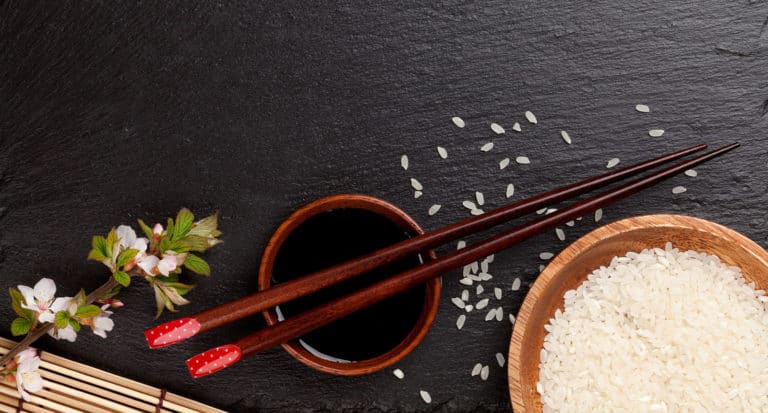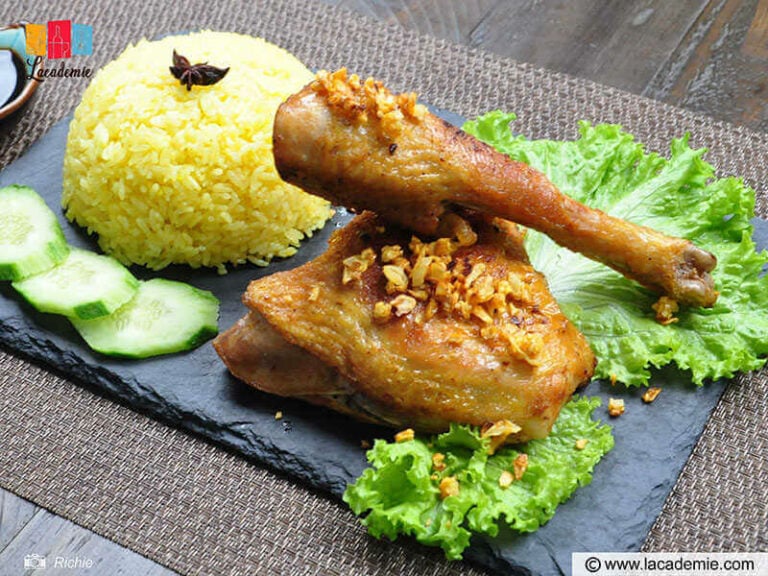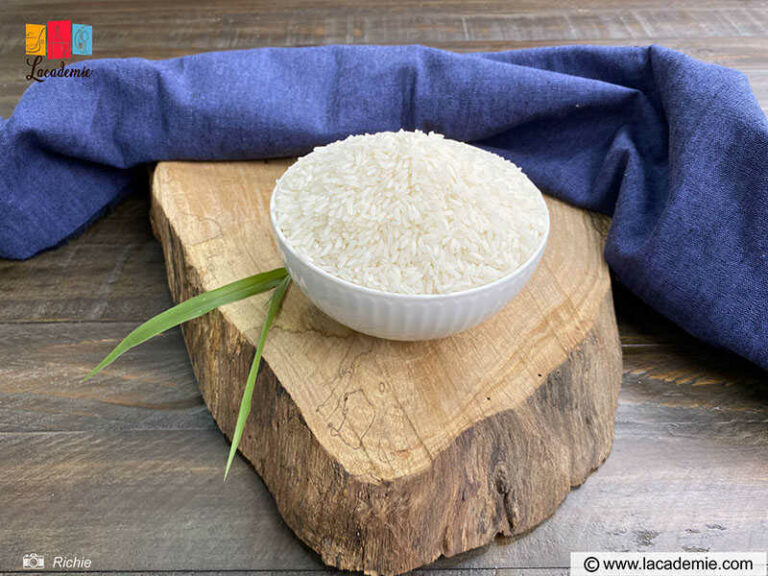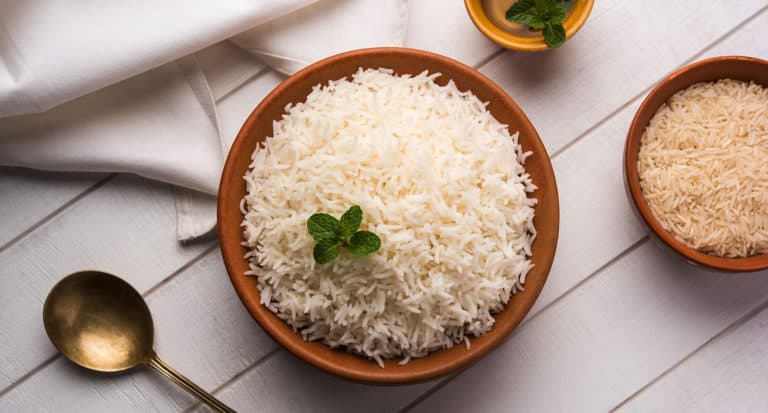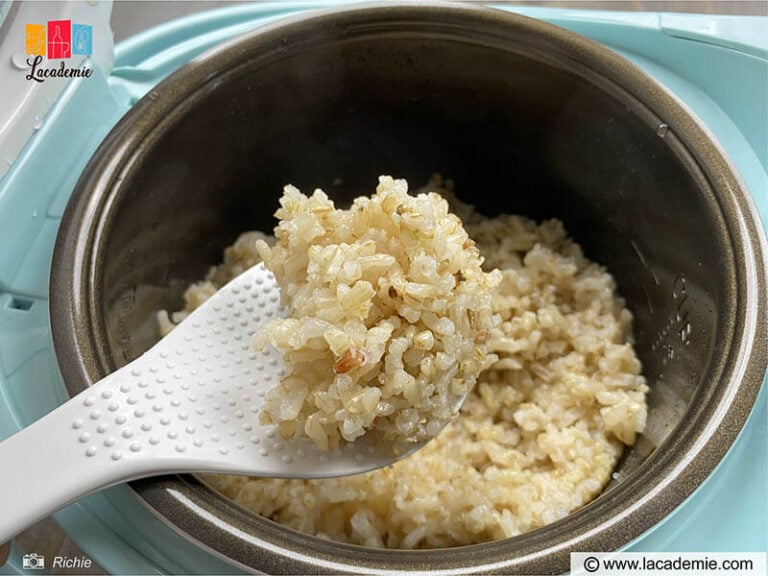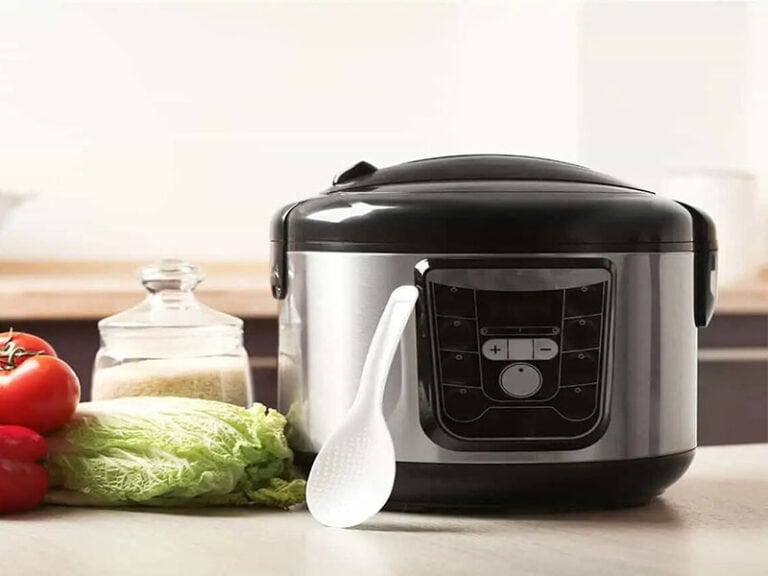Many people are concerned about whether they are eating a sufficient serving size of rice. The more advanced life is, the more people care about their health. With that said, paying attention to nutrients and food intake is obvious.
There is a variety of information on social media and in the press about this issue. Luckily, this article below can provide you with everything about the most accurate and up-to-date rice servings. So what are you waiting for without coming to the following parts of the post?
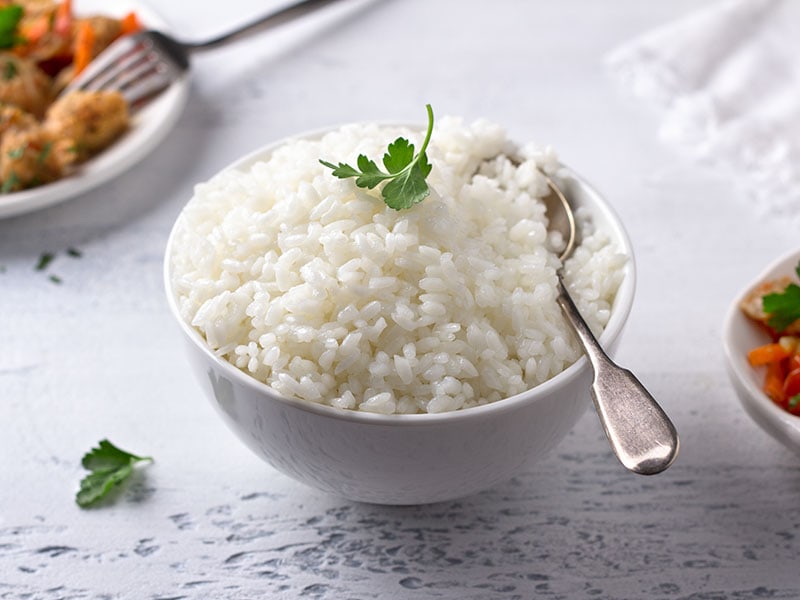
Easy Ways To Determine The Appropriate Serving Size Of Rice
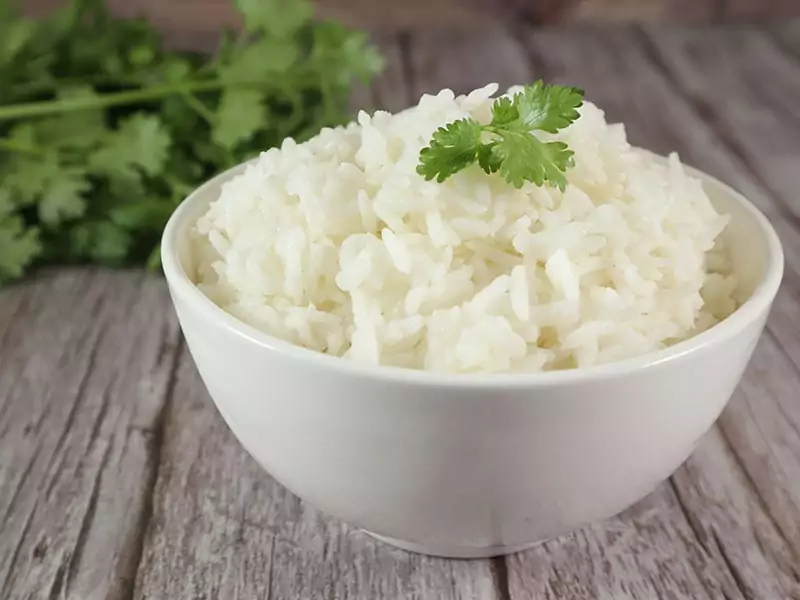
Rice is a familiar source of starch used almost every day. So there’s nothing harder than if you can’t estimate how much to use. The accompanying troubles, such as lack or excess of cooked rice, will affect your family’s meals.
You can refer to these parts from this post to save a headache every time you cook rice. In addition to providing about the serving size of rice, the trivia about it will also surprise you:
- Definition of serving size of rice with its standard amount
- Nutrition in white rice
- Starches other than the usual white rice
- Should include servings of white rice be substituted for brown rice or other whole grains?
So what are you waiting for without coming to the next part? A huge of needed information below certainly does not disappoint you. Let’s find out the answer to “What is the serving size of rice?”.
All About How To Weigh The Right Serving Size Of Rice
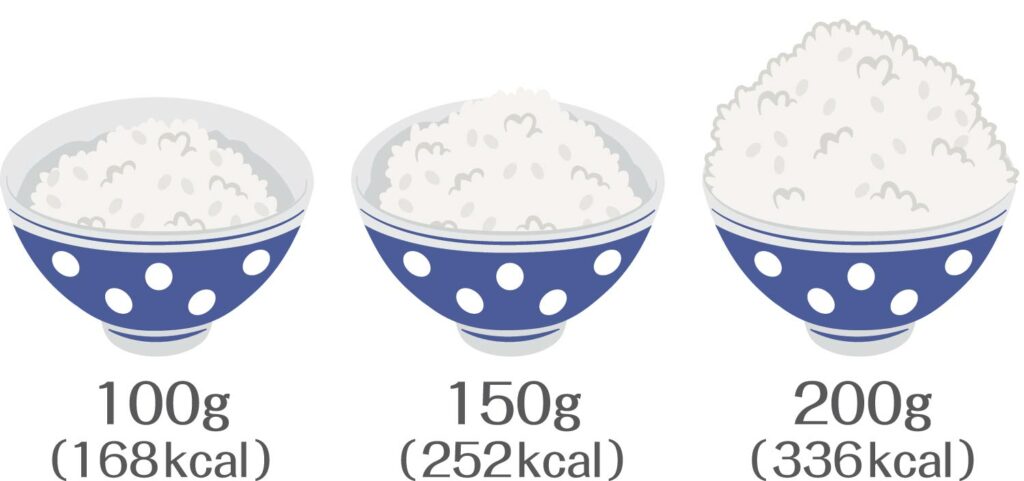
First, you must understand “What rice and the serving size of rice are”
Rice is a food product obtained from the rice plant. As you usually see, the rice grains sold today are white. In addition, brown or red rice is well-known and contains many nutrients.
When the rice plant blooms, it will produce grain. Farmers have milled it to remove the outer husk, only to get the kernel – which is the inner rice grain (1) . Rice is considered the staple food of merely half of the population on this Earth, especially in rice-growing regions like Asia.
To get a definitive answer to “How much cooked rice is enough for one serving size?”, you should refer to the calculation next a bit. Most guidelines recommend that your diet range from ½ to 1 cup of cooked rice every meal.
This difference depends on whether you want to have rice for a main meal or snack or if you want to eat more or less that day. So based on the specific case, you may consider it reasonable.
What Does A Serving Of Cooked Rice Look Like?
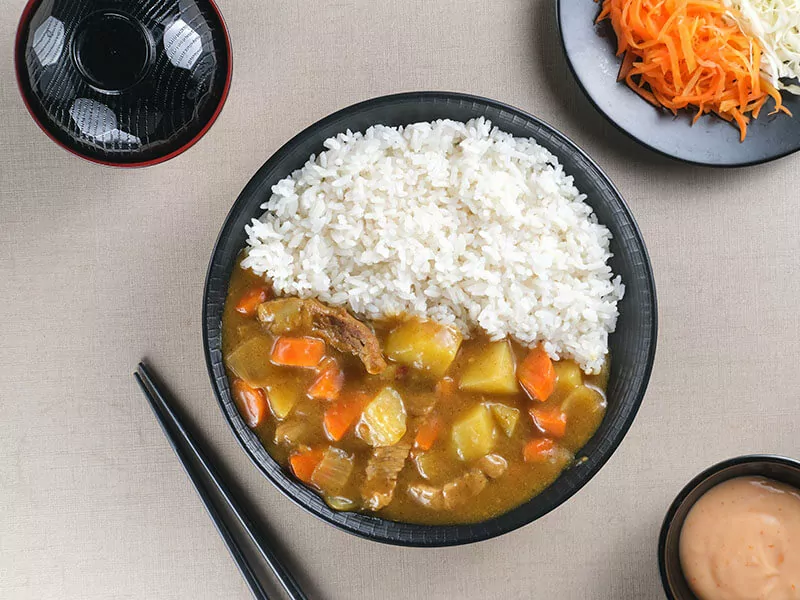
To determine the portion size of rice needed for a meal must rely on many sides. Among the main aspects is whether you intend to see cooked rice as a main course or just a side dish. When calculating your serving size, remember to count the other ingredients in the meal, too.
If that day you want to treat everyone to a dish in which rice is “the main character” as fried rice, porridge, sushi, onigiri or served with curry, stewed pork, etc., one cup of cooked rice for each person will be appropriate.
Another option is serving it as a side dish, you should reduce the amount of cooked rice in half. You will only use ½ cup per serving size for snacks or appetizers.
Considering who you are serving the rice is also an issue. If the person “eats like a horse” or you know their food preference well, bring them a cup of cooked rice instead of ½ cup. Many people waste rice because they lack knowledge of how much-uncooked rice they should use.
So, the answer is that to make a cup of cooked rice needs a fistful of raw rice. If you only eat ½ cooked rice cups, reduce the amount mentioned above by half (half a fist – a small packet of the cupcake).
Measure Uncooked Rice To Give The Accurate Sering Size Is No Problem
The big issue I may face first is that the amount of uncooked rice will produce much more cooked rice. Uncooked rice will expand and soften when cooking with water or other liquid (based on your recipes). Next, depending on the rice variety, the degree of expansion will be more or less.
If you are still concerned about the ability to measure visually through the above-hand quantification, this is a piece of information that you need to know now. One cup of uncooked rice is about 50 to 65 grams per person. It will fall into the range of 1.8-2.4 if converted to ounces.
Measuring the eyeballs can result in too much or too little of the finished product needed. Weigh the uncooked rice before cooking if you have a micro-scale at home. It will ensure that you use the correct amount.
An adult standard serving of rice is equivalent to 1 cup of cooked rice. When eating, a cup you consume equals 235 grams or 8.3 ounces. Also, it will equal ~120 grams or 4.2 ounces when the rice is a side dish.
Coming up with a size of rice will require you to check the amount of uncooked rice that is most appropriate.
Statistic On The Amount Of Cooked Rice In Popular Rice Varieties
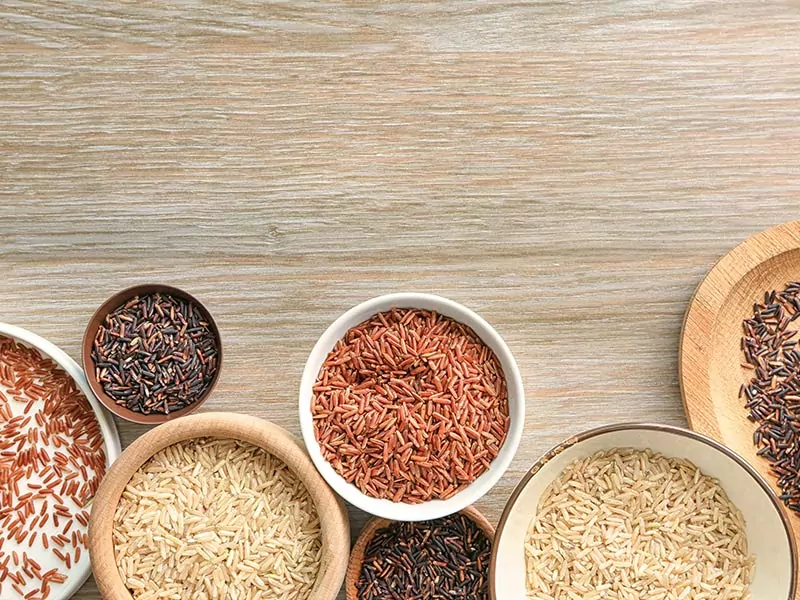
While there are norms of cups, grams, and ounces, it’s still important to note the type of rice used can affect this fixed amount. As mentioned, the degree of softness of rice will be different. If you want to make a serving of cooked rice (1 cup), the volume of dry rice is adjusted slightly.
Not only that, but to make cooking more accessible, the article will give you more information about the volume of water and the usual cooking time for each type of rice. By applying this recipe, you will surely be able to cook many delicious, fully cooked, and spongy bowls of rice.
Since there are unlike measurements, the amount of uncooked rice you need will be divided into types. To make it easier, I have made a reference table like the one below:
Estimated Servings Of Uncooked Rice For Popular Rice Based On The Number Of People
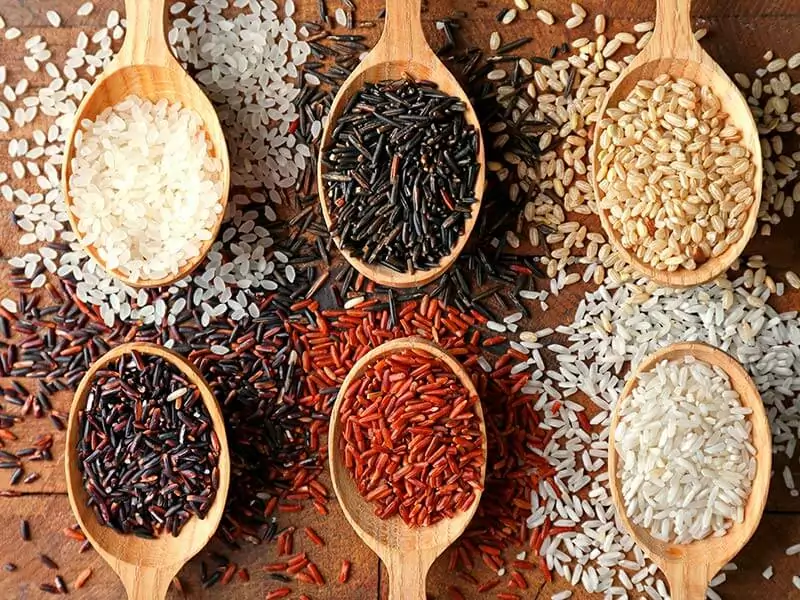
To save time for you, this article will calculate the amount of uncooked rice to use. Below is the quantitative section for each type of rice for each number of people:
Serving Sizes Of Uncooked Rice (Supposing 1 Cup Of Cooked Rice Per Person)
This summary will tell you how much to prepare the uncooked rice for one person or even 2, 4, or 6 people. It is estimated that each person in each meal will take one cup of cooked rice.
Serving Sizes Of Uncooked Rice (Supposing 1/2 Cup Of Cooked Rice Per Person)
Particularly, for example, you serve cooked rice as a dish to accompany your meal. In this situation, half a cup of rice should be prepared per individual. Below is the amount of uncooked rice you may need to serve one person, 2, 4, or 6.
How Many Grams Of Rice Are In The Serving Of Some Popular Dishes
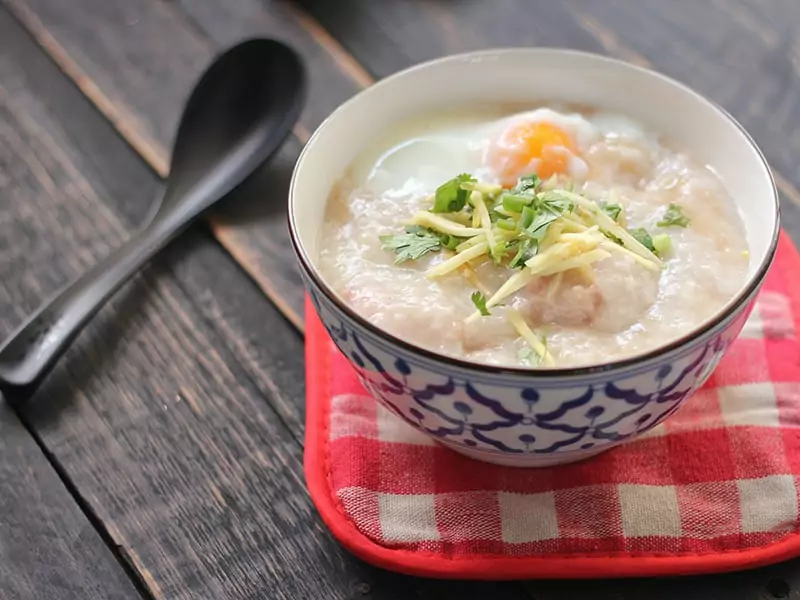
After reading through the analysis above, you probably have the answer, “Is white rice harmful to health that you have to fast?”. Just eat right, eat enough, and combine with a variety of other foods and nutrition. Then you will have nothing to worry about.
Indeed, white rice is present in the daily meals of many families around the world. If you don’t have to worry about the problem that white rice will make you sick, gain weight as well as adversely affect your health, then comfortably enjoy the dishes made from it.
Some of the suggestions below will give you an overview of how to cook delicious meals for family and friends.
No More Wasting Rice If You Know The Ways To Preserve It
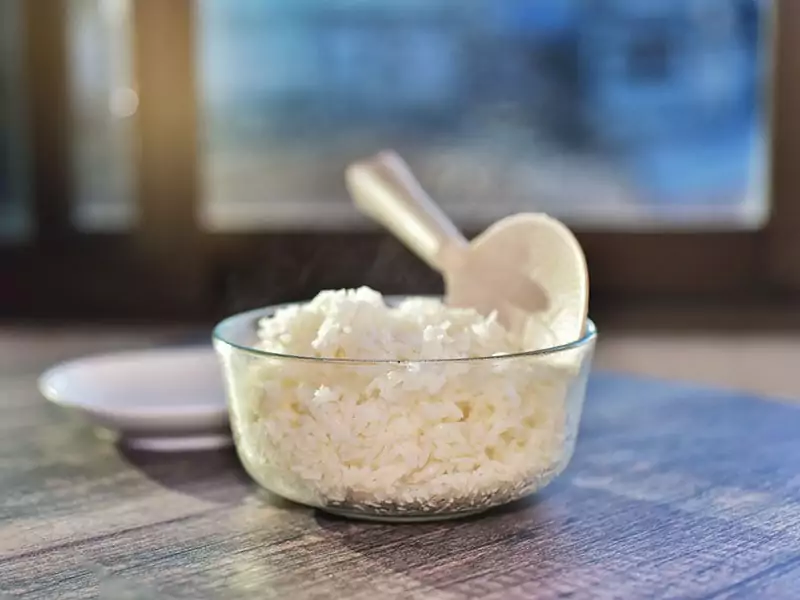
No matter how meticulously you measure and know the recipe, it is inevitable that there will be some problems causing cooked rice to be left over. What if you cooked enough rice for a family of 4 that day, but a member could not eat together because of work and had a surplus of rice?
Don’t worry too much or rush to throw away that leftover rice, and there are many rice storing tips that will help you not to waste that food. As you know, food left at room temperature for too long will produce many bacteria. Worst case scenario, you can get food poisoning if you don’t store cooked leftovers properly.
According to research by food microbiologist – Cathay Moir, what makes you sick is bacteria called Bacillus Cereus. This type of bacteria produces a toxin that can make you sick in just 30 minutes, such as vomiting or abdominal pain (2) .
Therefore, it is crucial to cool and refrigerate leftovers as quickly as possible. Then, when the rice has cooled down completely, put it in a container, cover it, and place it in the fridge. When you want to eat, take it out and reheat it.
There are ways to heat it thoroughly. The most common is using a microwave oven, a rice cooker, or simply a pot or pan. Make sure the rice is fully heated to get rid of all harmful bacteria.
Make These Mouth-Watering Leftover Rice Recipes In Just 10 Minutes
Leftover rice will usually not be as hot and tasty as before. As the quality is significantly reduced, even if you store it, you often don’t know how to deal with it. However, it may be quite hard to eat when just steaming or reheating normally.
Why don’t you try these delicious leftover rice recipes below? It will turn the dry leftover rice into a delicious and possibly addictive dish! With the criteria of fast, compact, easy to make but also tasty, surely the following 3 recipes will “save” your leftover rice.
Fried Rice
The first dish that should be applied is fried rice. The trick to fried rice deliciously and moderately dry is that you let the rice cool completely. Let’s treat yourself to this popular dish and easy-to-find ingredients!
Five minutes to make the easiest Egg Fried Rice for 4 people
Beans and Rice Burrito
Now it’s time for the bean burrito. If you have leftover rice and beans, try wrapping them up in a burrito. Aside from being easy to prepare, healthy, and vegetarian, it’s perfect for a picnic, too!
How yummy with these vegan beans and rice burritos which are crispy outside but spongy inside
Salmon Rice Bowl
If you surf social networks, you may know this “trendy dish” in 2022. The combination of leftover rice, greasy salmon, a little chili powder, or spicy kimchi will make your taste buds explore. If you would like, eat with cucumber, tomato, or lettuce to avoid boredom.
Catch trend with this flavorful and healthy serving dish
Nutrients Found In White Rice
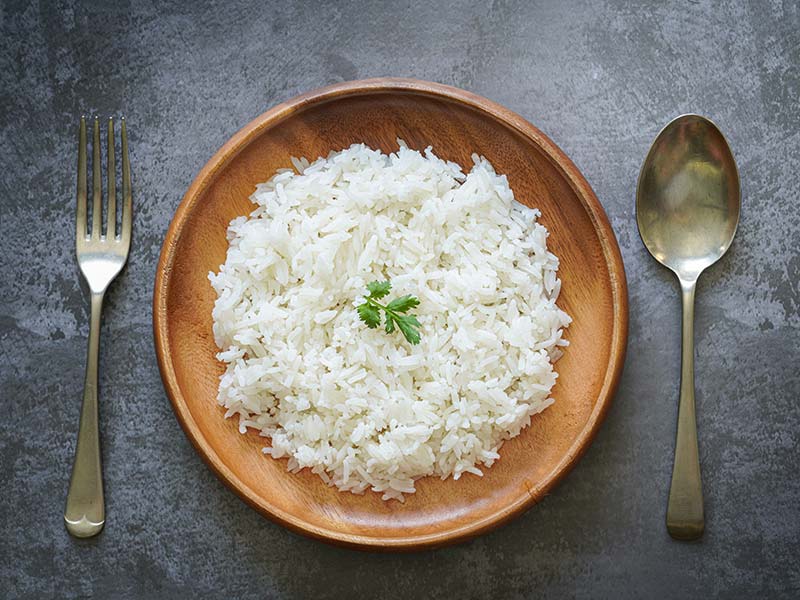
In a cup of regular cooked white rice (150 grams), experts have proven that it contains:
| Nutrients | Rice |
| Total calories (kcal) | ~194 |
| Protein (g) | 4.6 |
| Total lipid (fat) (g) | 0.58 |
| Carbohydrates (g) | 41.16 |
| Fiber (g) | 1.42 |
| Sugar (g) | 0.17 |
| Total saturated (g) | 0.12 |
| Calcium (mg) | 30.02 |
| Iron (mg) | 2.86 |
| Sodium (mg) | 3.16 |
| Cholesterol | 0 (3) |
In addition to the general nutritional information mentioned above, white rice also contains a certain portion of vitamins. However, due to the thorough milling process and removal of the bran layer, the left vitamins are not much. Specifically:
- Vitamin C (mg): 0
- Vitamin B6 (mg): ~0.15mg
- Vitamin B12 (µg): 0
- Vitamin D (IU): 0
With such a small portion of nutrients, white rice is often evaluated as empty starch (empty carbs).
When looking at the Glycemic Index (GI) – the speed at which the body converts carbs into sugar and absorbs it into the bloodstream, white rice has a GI of 64. It proves that it will convert to sugar very quickly and have a higher risk of developing type 2 diabetes (4).
So, instead of eating a daily serving of white rice, many people now switch to other types of starch to have more nutrients.
Other Popular Starches Are Often Eaten To Replace Cooked White Rice
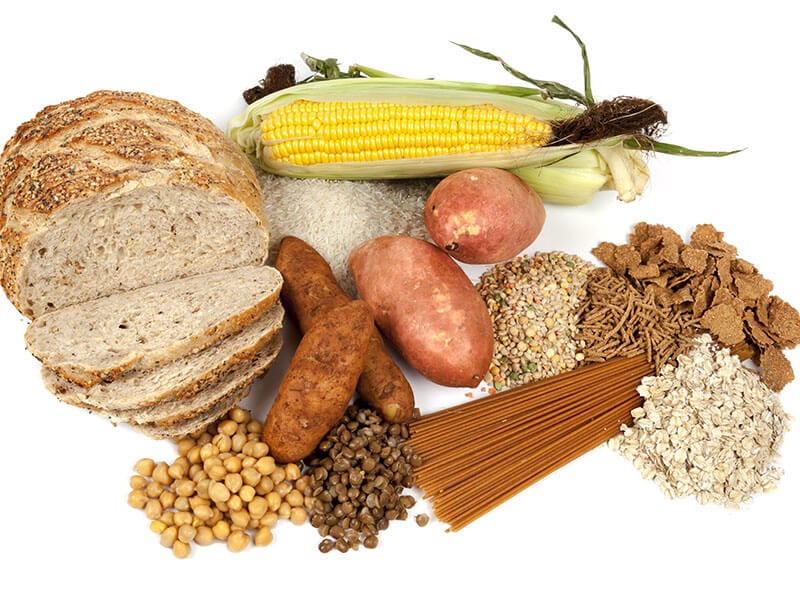
Since white rice has low fiber content and a high glycemic index, people with diabetes, obesity, and intending to lose weight often eat less or limit their serving size of rice. The type of starch they use will usually be:
Brown Rice
The number one place in the starch substitutes is brown rice – a type of whole grain. Due to not going through the milling process, it still has the outer bran layer as well as the germ. Brown rice contains more fiber, minerals, and vitamins.
Quinoa
Quinoa is a flowering plant mainly grown for its edible seeds. Quinoa is high in protein, antioxidants, fiber, and gluten-free. Many studies show that eating more quinoa helps control blood sugar and prevent other diseases.
Oats
Oats are a whole grain that is a rich source of fiber. Among them, the most prominent is beta-glucan, vitamins, minerals, and antioxidants. Many people have created oat recipes to diversify, such as porridge, cooked rice, bread, or cakes by oat.
Sweet Potato
Sweet potatoes are cheap and easy to find and prepare. Moreover, these are very good for health. Per 100 grams contains only 86 kcal but provides many micronutrients, fiber, and minerals. It helps prevent heart disease and cancer thanks to its antioxidant properties.
Corn
Corn includes a lot of fiber, low in fat. Especially, the fats in corn are omega-3 and omega-6, providing all good lipids for your body. Therefore, corn can be used to replace white rice in daily meals. It is considered a good food for weight loss if you intend.
People’s Current “Anti-white Rice” Movement
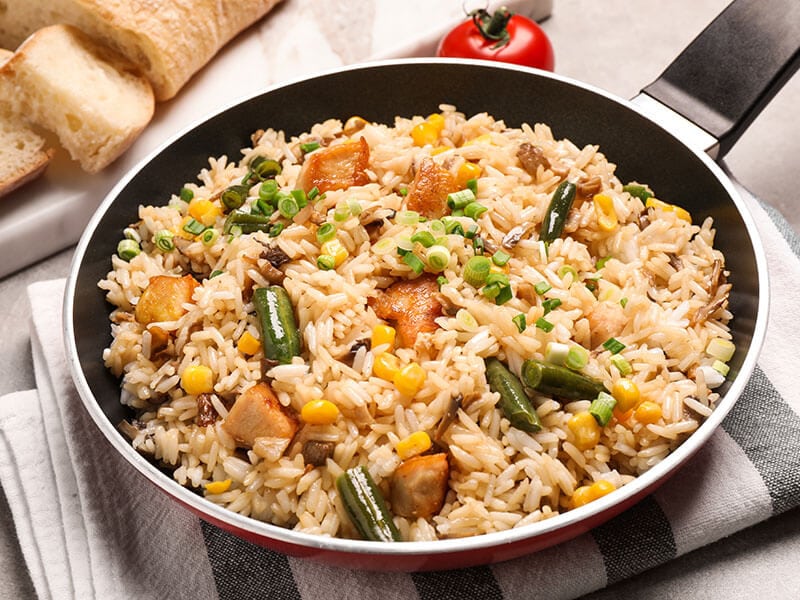
With the harm from being likened to the aforementioned empty carbs and the countless benefits that other whole grains bring, people are gradually switching from using white rice and replacing it with other starches. Even they are radically opposed to using any preparations from white rice.
So the question arises whether the daily serving of white rice you usually use should “be condemned”. As presented above, white rice has gone through milling, so it no longer retains nutrients.
Meanwhile, other alternatives give our health more advantages. As more and more people are interested in health and those who lose weight, starch substitutes are rising. Although it looks “weaker”, do not rush to remove your serving of white rice from the meals.
This section will discuss its strong side of it. A low-fiber diet reduces digestive tract activity and increases symptoms of indigestion, ulcerative colitis, inflammatory bowel disease, etc. That’s why white rice doesn’t optimize these activities and is considered harmful by many.
Nevertheless, this type of rice can also be a better option than brown rice in some cases. For example, pregnant women can soak up a significant amount of folate, which is abundant in white rice.
In another situation, a low-fiber and nauseous or heartburn dealer can use a serving of white rice because it is easier to digest than brown rice or whole grains.
Furthermore, weight loss is proven to be the application of Calorie Deficit. In other words, if the calories you take in are lower than the calories you use during the day, you can lose weight and vice versa.
Even if you eat white rice in the right portion, you still lose weight. On the contrary, by eating too many oats or corn, you still gain weight. So the answer to removing white rice from the daily diet is Not Necessary. You can still enjoy using plain white rice in your family’s meals.
FAQs
Even if being answered completely about the serving size of rice suitable for each meal, you will probably still have some questions. To meet that need, here are some frequently asked questions so you can easily find the fastest solution and quickly prepare your dishes!
Understanding The Serving Size Of Rice, Ending Your Trouble Every Day
It may seem difficult, but in reality, measuring the serving size of rice is easier than you think. Just apply the estimate by the cup and practice every day. I believe you will quickly get used to it.
Moreover, the additional information that the article provides can certainly be more or less useful, especially for the health of yourself and your family.
Finally, if you feel the information in this post makes sense, please share it with all the love. Spreading these things about servings and nutrients in rice can help those around you avoid more trouble!
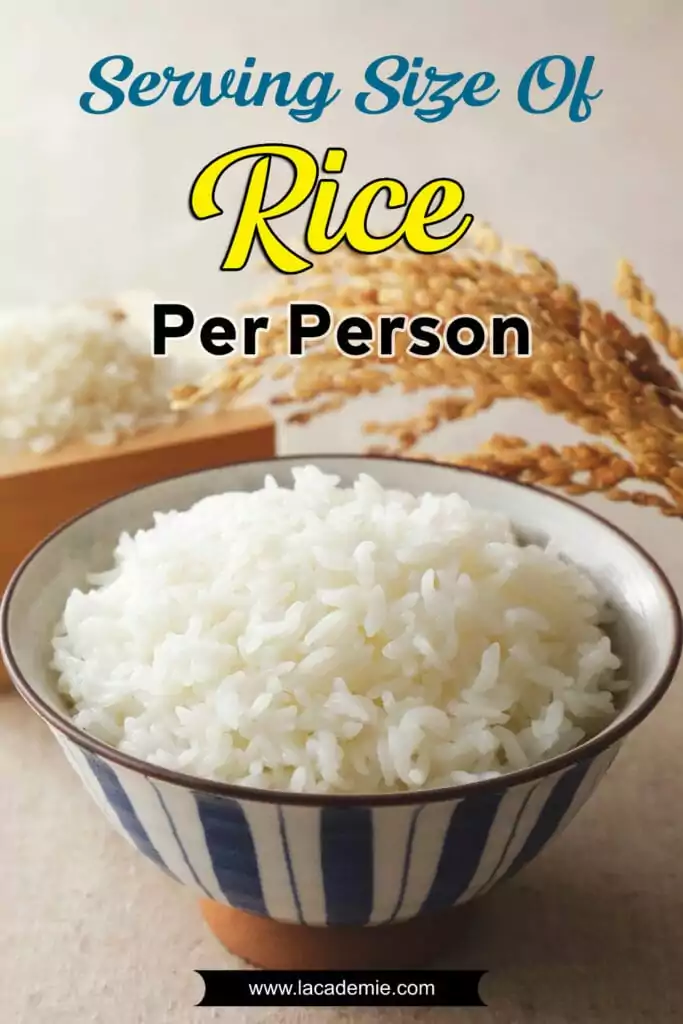
References
- Rice – Wikipedia.
- Cooked rice can make you sick if you don’t store it like this – ABC Everyday.
- Rice, white, long-grain, parboiled, enriched, cooked, 1 cup – Health Encyclopedia – University of Rochester Medical Center.
- A good guide to good carbs: The glycemic index – Harvard Health.

